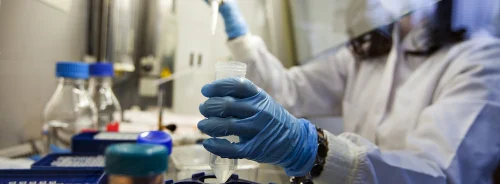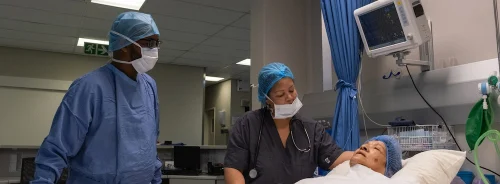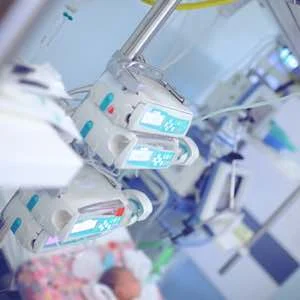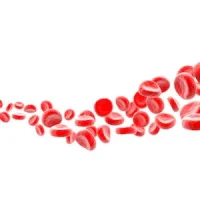A new study has validated potential biomarkers for a sepsis-triage model to distinguish sepsis patients requiring care in the paediatric intensive care unit (PICU) from sepsis identified in the paediatric emergency department (PED) that does not require ICU admission.
The study, led by Beata Mickiewicz and colleagues from the University of Calgary and University of Alberta, took serum and plasma samples from children aged 1-23 months presenting with sepsis to the PICU (n=46) or who presented to the paediatric emergency department with (n=58) and without sepsis (n=19).
From each serum sample 59 metabolites were detected and 57 inflammatory protein-mediators were recognised and quantified in the plasma samples. Twenty-one metabolites and 15 inflammatory protein-mediators were responsible for the separation between the PICU-sepsis patients and the PED-sepsis patients.
The results were compared to previously published results for older children aged 2-17 years old. Seven metabolites and their concentration changes common to both groups were used to create the sepsis triage model: increased level of dimethylamine, mannose, 3-methyl-2-oxovalerate and 3-hydroxyisovalerate, and decreased concentrations of alanine, O-acetylcholine and acetate. None of the inflammatory protein-mediators were common to both groups. The biopattern was internally validated and requires further validation.
These seven metabolites can be described as a biopattern for sepsis triage in children, say the researchers, and could potentially inform triage in the ED, as it reflects altered energy metabolism in children most affected by sepsis.
Image credit: iStock
The study, led by Beata Mickiewicz and colleagues from the University of Calgary and University of Alberta, took serum and plasma samples from children aged 1-23 months presenting with sepsis to the PICU (n=46) or who presented to the paediatric emergency department with (n=58) and without sepsis (n=19).
From each serum sample 59 metabolites were detected and 57 inflammatory protein-mediators were recognised and quantified in the plasma samples. Twenty-one metabolites and 15 inflammatory protein-mediators were responsible for the separation between the PICU-sepsis patients and the PED-sepsis patients.
The results were compared to previously published results for older children aged 2-17 years old. Seven metabolites and their concentration changes common to both groups were used to create the sepsis triage model: increased level of dimethylamine, mannose, 3-methyl-2-oxovalerate and 3-hydroxyisovalerate, and decreased concentrations of alanine, O-acetylcholine and acetate. None of the inflammatory protein-mediators were common to both groups. The biopattern was internally validated and requires further validation.
These seven metabolites can be described as a biopattern for sepsis triage in children, say the researchers, and could potentially inform triage in the ED, as it reflects altered energy metabolism in children most affected by sepsis.
Image credit: iStock
References:
Mickiewicz B, Thompson GC, Blackwood J, Jenna CN, Winston BW, Vogel HJ,
Joffe AR. Biomarker phenotype for early diagnosis and triage of sepsis to the pediatric intensive care unit. Sci Rep, 8: 1066
Latest Articles
Sepsis, Paediatrics, triage, emergency department, PICU, biomarkers
A new study has validated potential biomarkers for a sepsis-triage model to distinguish sepsis patients requiring care in the paediatric intensive care unit (PICU) from sepsis identified in the paediatric emergency department (PED) that does not require I










